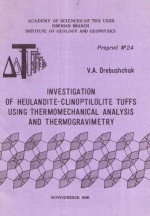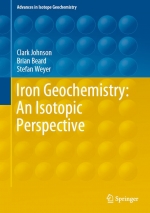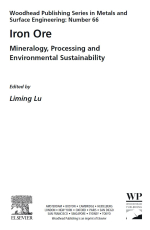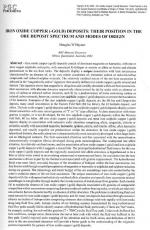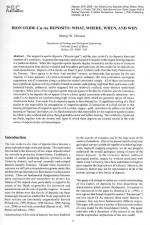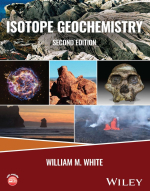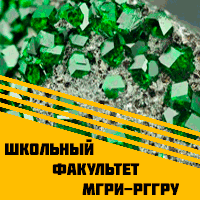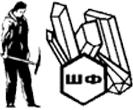Добрый день, Коллеги. Важное сообщение, просьба принять участие. Музей Ферсмана ищет помощь для реставрационных работ в помещении. Подробности по ссылке
- « первая
- ‹ предыдущая
- …
- 110
- 111
- 112
- 113
- 114
- 115
- 116
- 117
- 118
- …
- следующая ›
- последняя »
- « первая
- ‹ предыдущая
- …
- 110
- 111
- 112
- 113
- 114
- 115
- 116
- 117
- 118
- …
- следующая ›
- последняя »


